Tim Sawyer - Chess Strategy Alekhine & Scandinavian: How to Beat Intermediate Chess Players (Sawyer Chess Strategy Book 13)
Here you can read online Tim Sawyer - Chess Strategy Alekhine & Scandinavian: How to Beat Intermediate Chess Players (Sawyer Chess Strategy Book 13) full text of the book (entire story) in english for free. Download pdf and epub, get meaning, cover and reviews about this ebook. year: 2022, genre: Home and family. Description of the work, (preface) as well as reviews are available. Best literature library LitArk.com created for fans of good reading and offers a wide selection of genres:
Romance novel
Science fiction
Adventure
Detective
Science
History
Home and family
Prose
Art
Politics
Computer
Non-fiction
Religion
Business
Children
Humor
Choose a favorite category and find really read worthwhile books. Enjoy immersion in the world of imagination, feel the emotions of the characters or learn something new for yourself, make an fascinating discovery.
- Book:Chess Strategy Alekhine & Scandinavian: How to Beat Intermediate Chess Players (Sawyer Chess Strategy Book 13)
- Author:
- Genre:
- Year:2022
- Rating:5 / 5
- Favourites:Add to favourites
- Your mark:
Chess Strategy Alekhine & Scandinavian: How to Beat Intermediate Chess Players (Sawyer Chess Strategy Book 13): summary, description and annotation
We offer to read an annotation, description, summary or preface (depends on what the author of the book "Chess Strategy Alekhine & Scandinavian: How to Beat Intermediate Chess Players (Sawyer Chess Strategy Book 13)" wrote himself). If you haven't found the necessary information about the book — write in the comments, we will try to find it.
The author uses strategy for many comments to explain whats going on. He follows any of these steps. 1. Describe the current position. 2. Imagine how to improve it. 3. Plan how to get there.
Tim picks a key position every few moves to make a comment. His plan is for you to browse through the book, look at the diagrams and read the comments with ease. For those who prefer to read quickly, you can skim through the book from diagram to diagram. Note the change from the previous diagram and read any notes that interest you.
Sometimes a line of chess engine analysis is added. You may wish to work out those lines in your head, or just note that there was an alternative way to play and keep reading.
Tim Sawyer played chess for 50 years. As a Postal Chess Master, his usual opponents were rated 1800 to 2400. However, opponents in this book are often lower to intermediate. Tims peak Internet Chess Club blitz rating was 2492.
The author assumes that you can read algebraic chess notation. The diagrams have White at the bottom of the board. Thank you for reading. Enjoy this one!
Tim Sawyer: author's other books
Who wrote Chess Strategy Alekhine & Scandinavian: How to Beat Intermediate Chess Players (Sawyer Chess Strategy Book 13)? Find out the surname, the name of the author of the book and a list of all author's works by series.


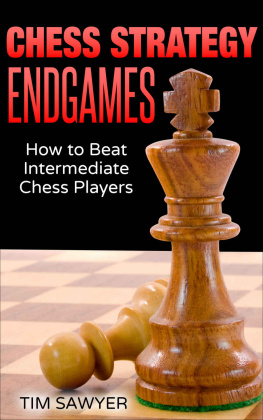
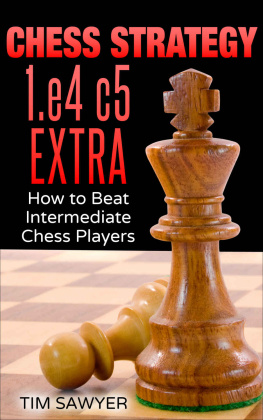
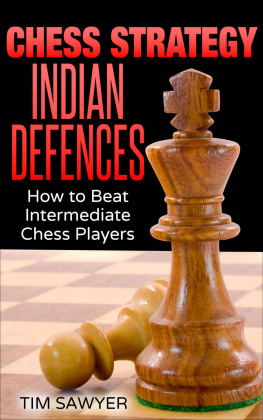
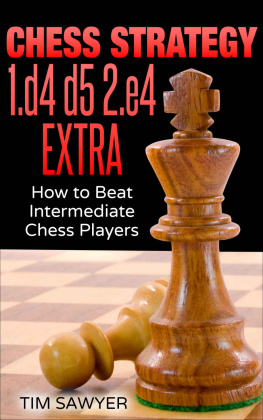
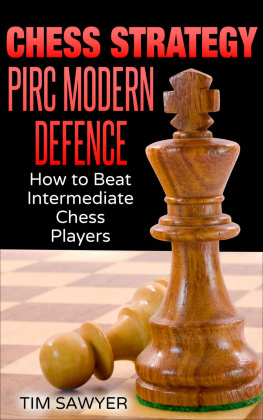
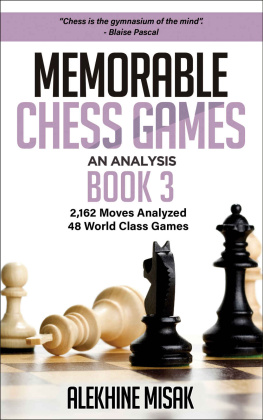
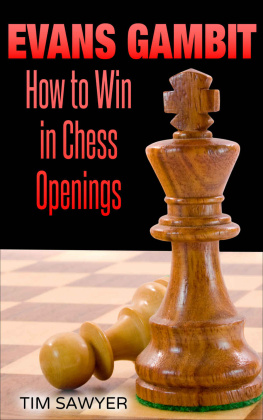
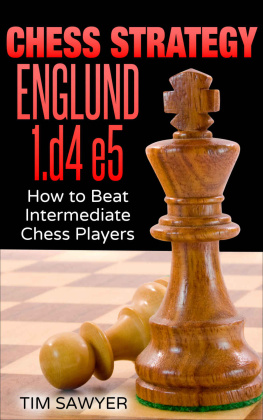

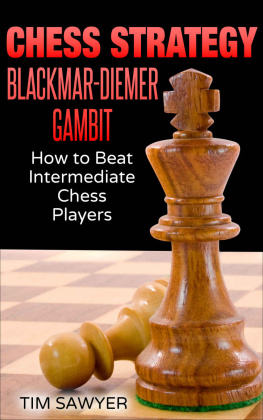

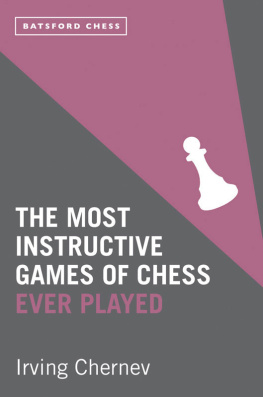
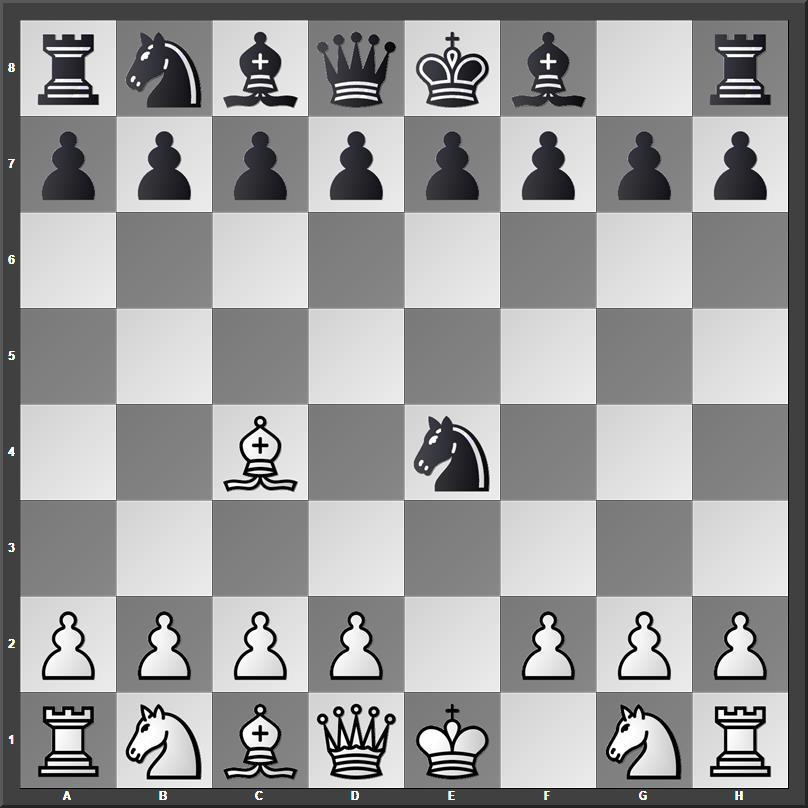 My opponent trades the e4 pawn for the f7 pawn. White regains the pawn with a practically forced combination. 3.Bxf7+ Kxf7 4.Qh5+ Kg8 5.Qd5+ e6 6.Qxe4 d5
My opponent trades the e4 pawn for the f7 pawn. White regains the pawn with a practically forced combination. 3.Bxf7+ Kxf7 4.Qh5+ Kg8 5.Qd5+ e6 6.Qxe4 d5 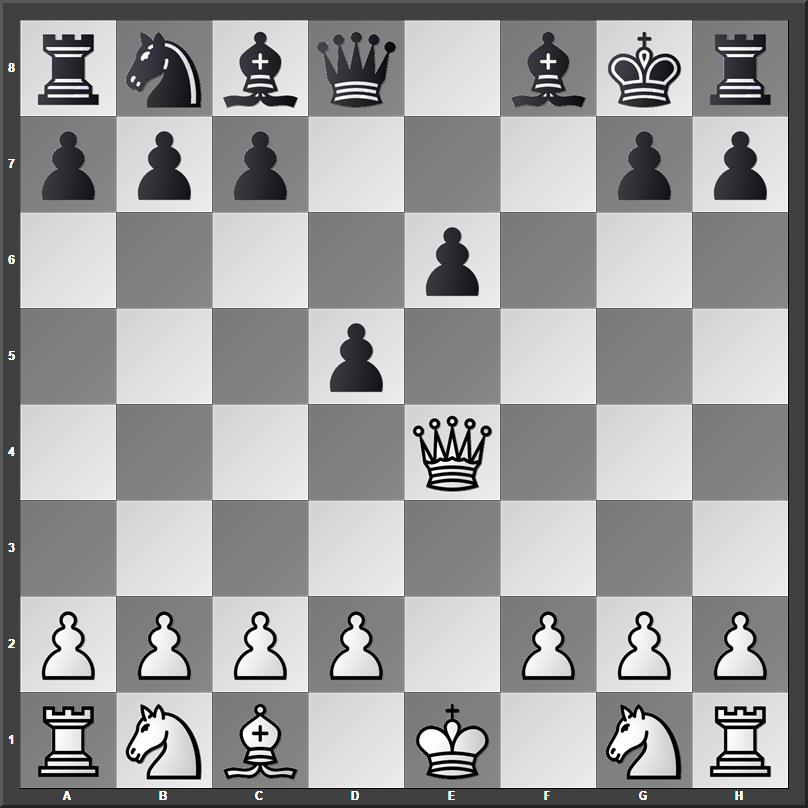 Those choose this variation as White must feel that it's a good strategy.
Those choose this variation as White must feel that it's a good strategy. 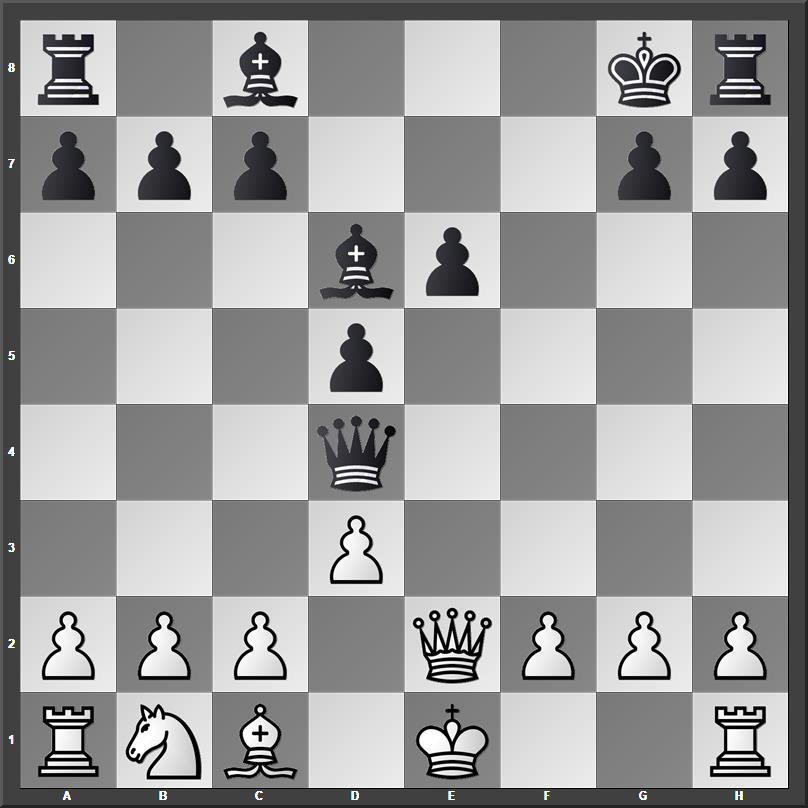 12.Be3 This loses material since it leaves b2 undefended. Better is 12.Nd2 e5 13.Nf3 Qg4 14.00 with equal chances. 12...Qxb2 13.00 Qxa1
12.Be3 This loses material since it leaves b2 undefended. Better is 12.Nd2 e5 13.Nf3 Qg4 14.00 with equal chances. 12...Qxb2 13.00 Qxa1 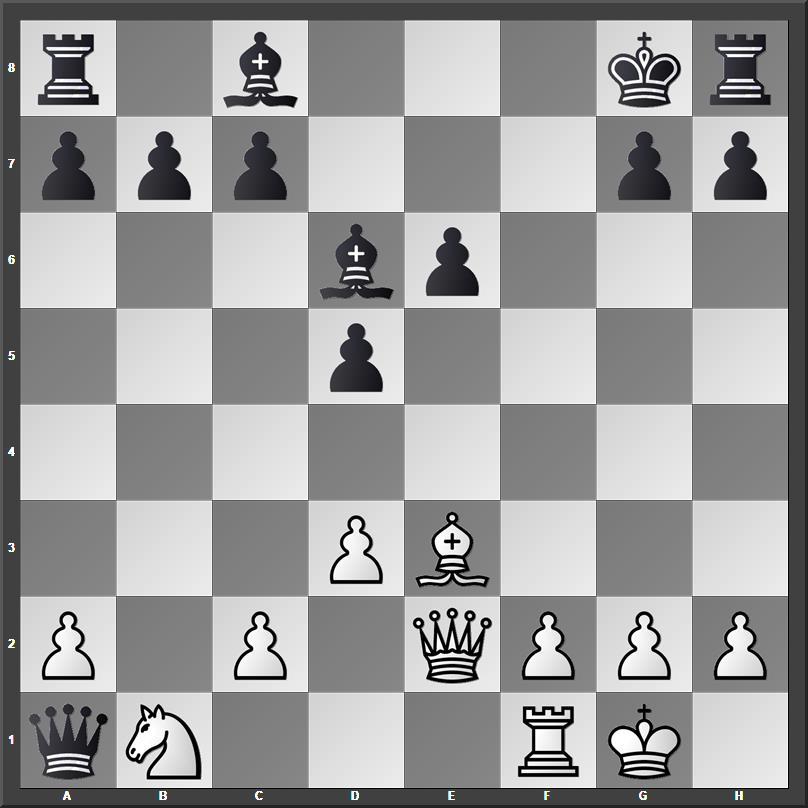 14.Nd2 If White traps the queen 14.c3 b5 15.Bd4 b4 16.Na3 Qxf1+ 17.Kxf1 bxa3 Black has a bishop and two rooks for her. 26.Rxb1 Qxb1+ 27.Kg2 Qe4 28.h4 Rb8 29.Kg3 Qxf3+ 30.Kxf3 Rb2 31.f5 exf5 32.gxf5 Rxa2 33.Kg4 Rc2 01
14.Nd2 If White traps the queen 14.c3 b5 15.Bd4 b4 16.Na3 Qxf1+ 17.Kxf1 bxa3 Black has a bishop and two rooks for her. 26.Rxb1 Qxb1+ 27.Kg2 Qe4 28.h4 Rb8 29.Kg3 Qxf3+ 30.Kxf3 Rb2 31.f5 exf5 32.gxf5 Rxa2 33.Kg4 Rc2 01 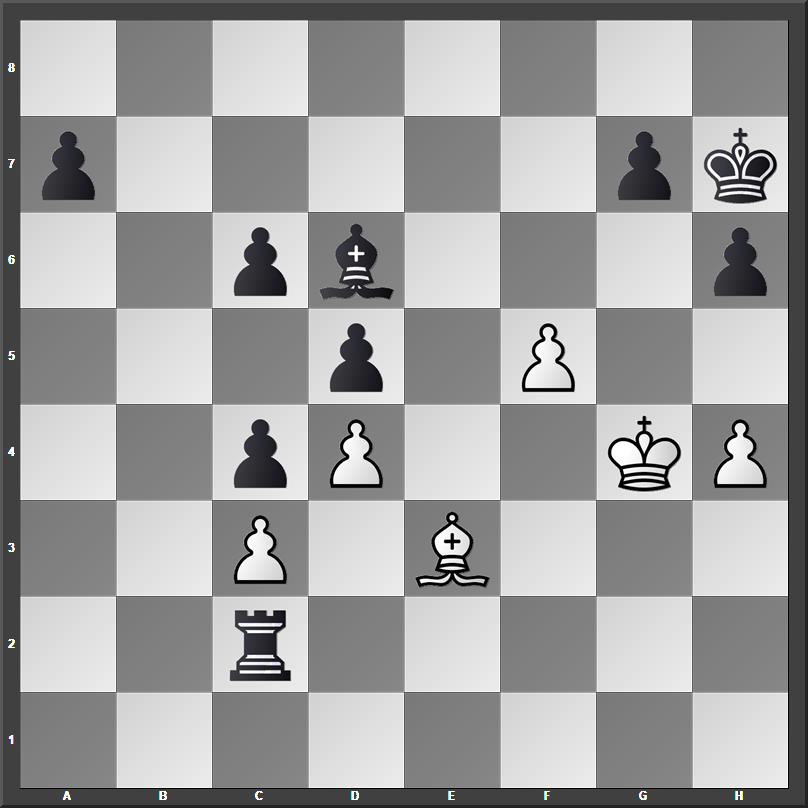 White resigns
White resigns White passively defends e4. 26.Rxb1 Qxb1+ 27.Kg2 Qe4 28.h4 Rb8 29.Kg3 Qxf3+ 30.Kxf3 Rb2 31.f5 exf5 32.gxf5 Rxa2 33.Kg4 Rc2 01
White passively defends e4. 26.Rxb1 Qxb1+ 27.Kg2 Qe4 28.h4 Rb8 29.Kg3 Qxf3+ 30.Kxf3 Rb2 31.f5 exf5 32.gxf5 Rxa2 33.Kg4 Rc2 01 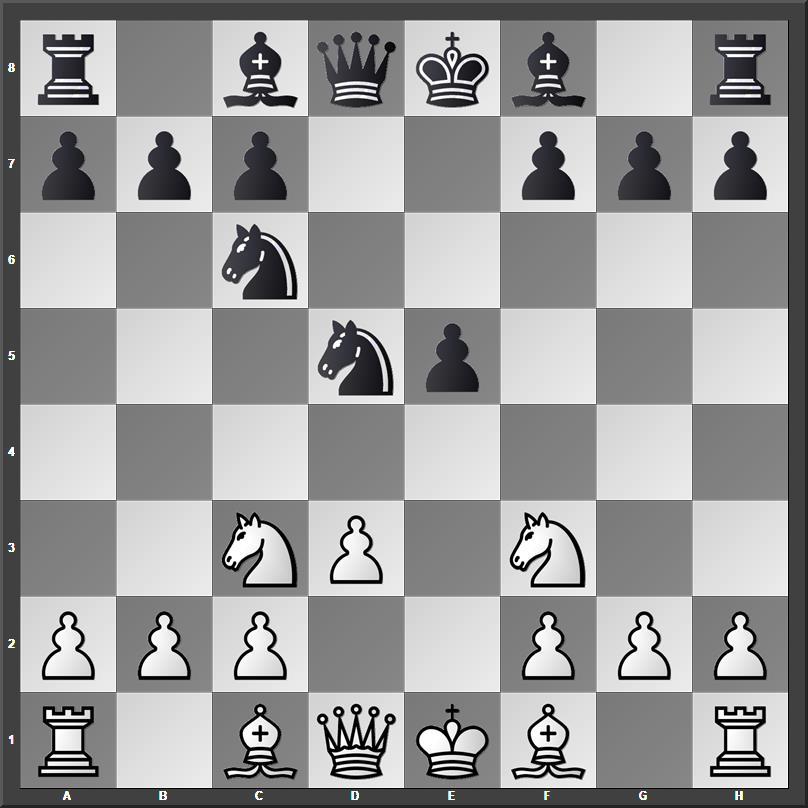 6.Bg5 If 6.Nxe5 Nxe5 7.Qe2 f6 8.d4 Bb4 9.Bd2 00 10.dxe5 Bxc3 11.Bxc3 Nxc3 12.bxc3 Re8 Black stands better. 6...f6 7.Be3 Be6 8.d4 Nxe3 Black could try 8...Bb4 9.Qd2 e4 10.Ng1 Na5 when White remains under some significant pressure. 9.fxe3 exd4 10.exd4 Bg4 11.Bb5 Qe7+
6.Bg5 If 6.Nxe5 Nxe5 7.Qe2 f6 8.d4 Bb4 9.Bd2 00 10.dxe5 Bxc3 11.Bxc3 Nxc3 12.bxc3 Re8 Black stands better. 6...f6 7.Be3 Be6 8.d4 Nxe3 Black could try 8...Bb4 9.Qd2 e4 10.Ng1 Na5 when White remains under some significant pressure. 9.fxe3 exd4 10.exd4 Bg4 11.Bb5 Qe7+ 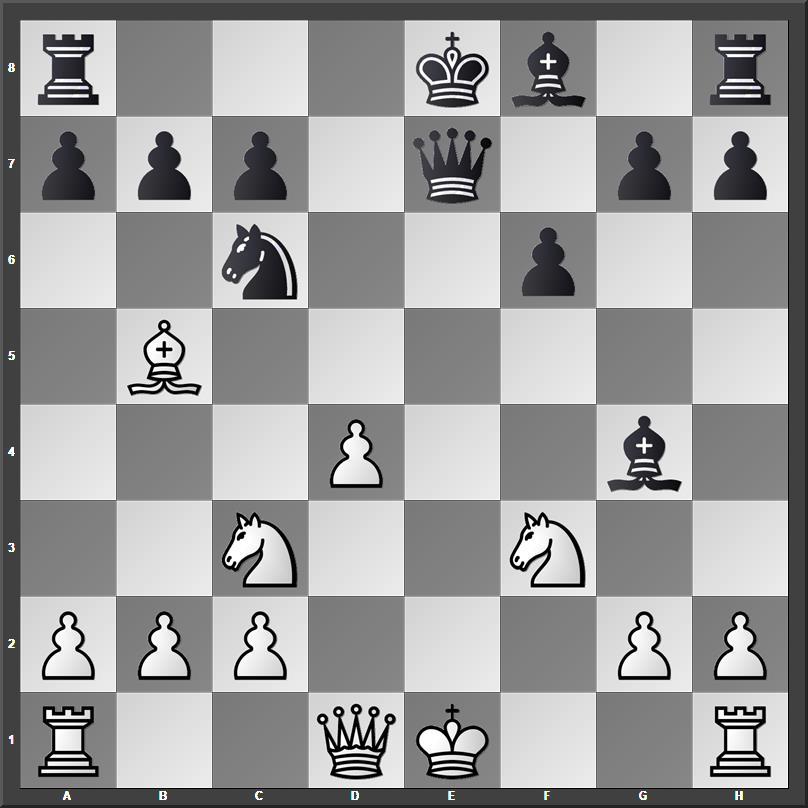 12.Ne2 White could try 12.Kf2 000 13.Bxc6 bxc6 14.Qd3 with equal chances. 14.c3 Qxb5 White loses a bishop to a check and capture combination. 15.b3 000 16.c4 Qa5+ 17.Kf1 Qf5 18.d5 Qxf3+ 19.Ke1 Bb4+ 01
12.Ne2 White could try 12.Kf2 000 13.Bxc6 bxc6 14.Qd3 with equal chances. 14.c3 Qxb5 White loses a bishop to a check and capture combination. 15.b3 000 16.c4 Qa5+ 17.Kf1 Qf5 18.d5 Qxf3+ 19.Ke1 Bb4+ 01 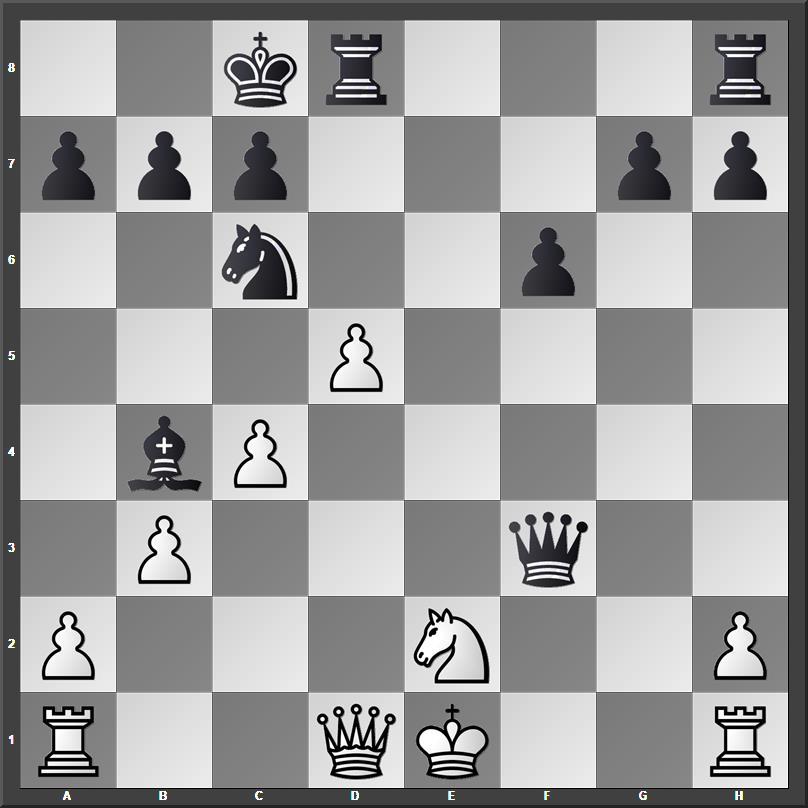 White resigns
White resigns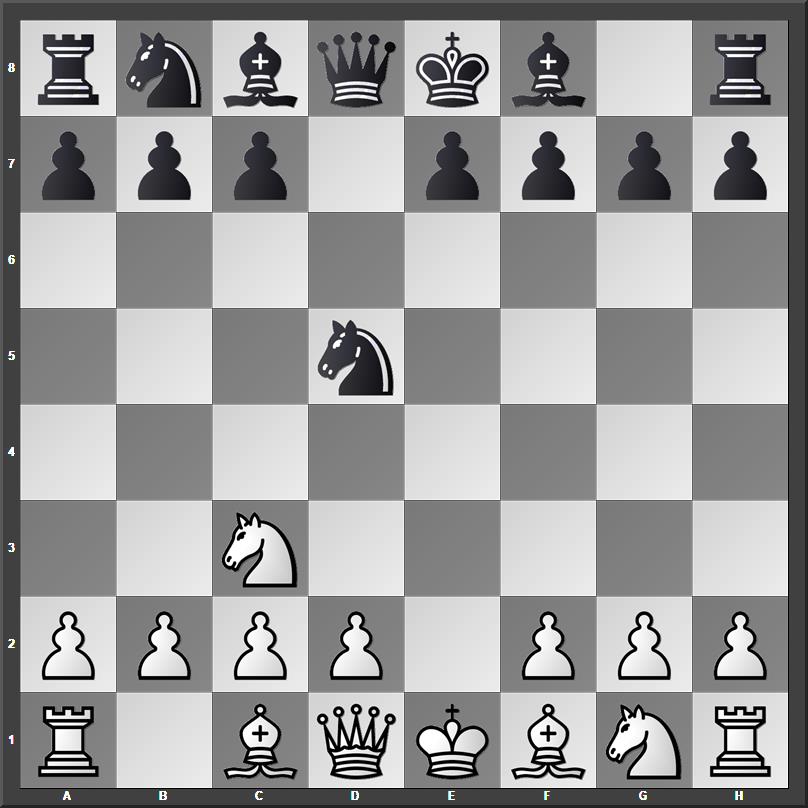 This same position occurs in the Scandinavian. 15.b3 000 16.c4 Qa5+ 17.Kf1 Qf5 18.d5 Qxf3+ 19.Ke1 Bb4+ 01
This same position occurs in the Scandinavian. 15.b3 000 16.c4 Qa5+ 17.Kf1 Qf5 18.d5 Qxf3+ 19.Ke1 Bb4+ 01